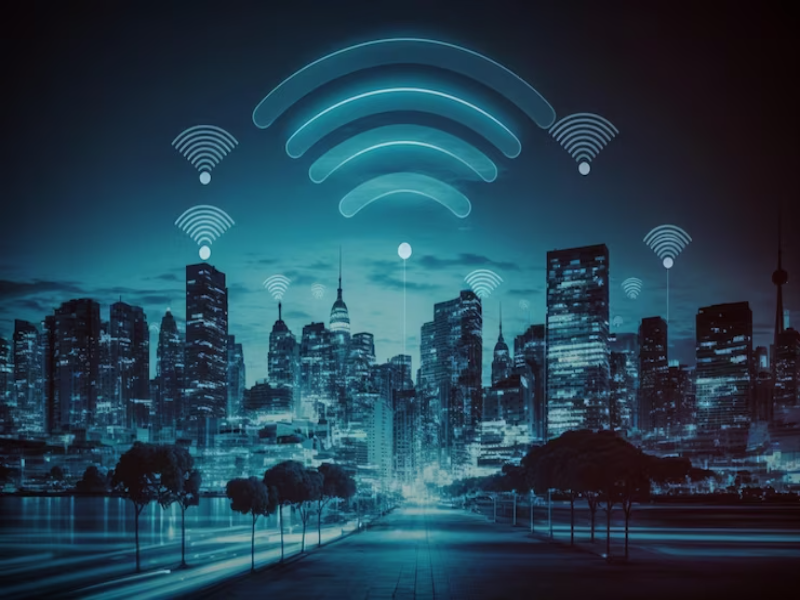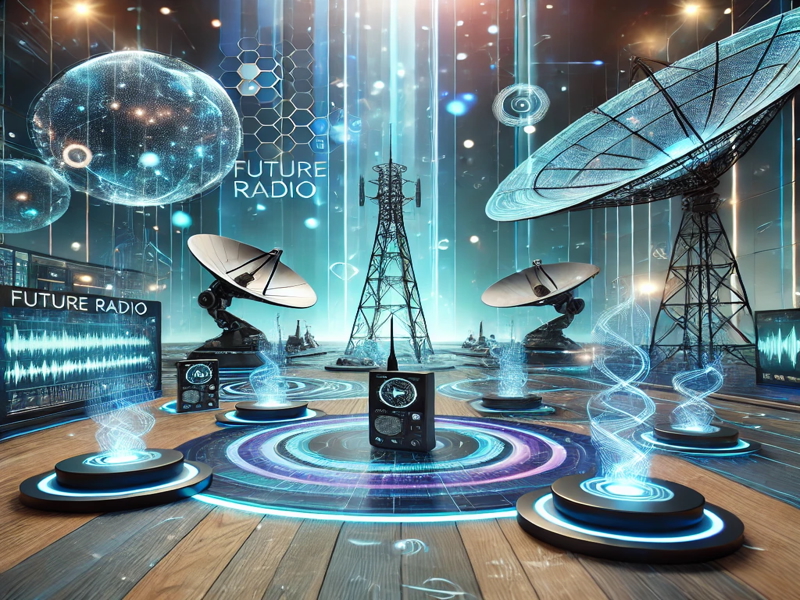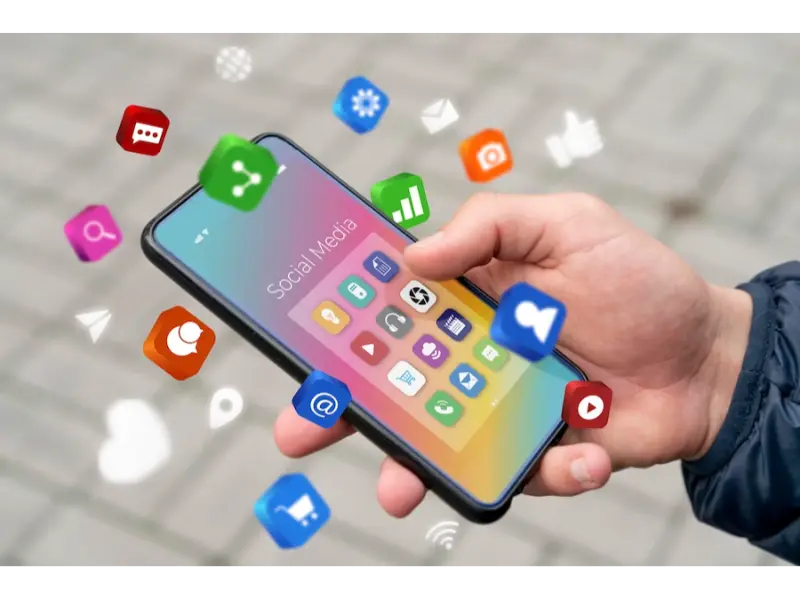- Wireless power transmission (WPT) enables energy transfer without cables, improving convenience and driving innovation in industries like consumer electronics, healthcare, and electric vehicles.
- While WPT offers benefits such as safety and reduced e-waste, challenges like energy efficiency, cost, and limited range must be overcome for widespread adoption.
Wireless power transmission (WPT) is revolutionizing how energy is transferred and consumed. Wireless power transmission refers to the process of transferring electrical energy from a power source to a device without the use of wires or physical connectors. This technology enables the wireless charging of various electronic devices, from smartphones and wearables to electric vehicles and medical implants.
The potential of WPT goes far beyond convenience—it has the power to reshape industries and improve energy efficiency worldwide. In this article, we will explore the concept of wireless power transmission, how it works, and its current and future applications.
Also read: UCL researchers set new wireless transmission speed record
Also read: FTTH vs wireless broadband: Which one is better for your home?
- How wireless power transmission works
- Types of wireless power transmission
- Current applications of wireless power transmission
- The advantages of wireless power transmission
- Challenges in wireless power transmission
- Future innovations in wireless power transmission
- Environmental impact of wireless power transmission
- The future of wireless power transmission
- Unlocking a cord-free future
- FAQs: what is wireless power transmission?
How wireless power transmission works
Wireless power transmission relies on the principle of electromagnetic induction or resonance. Here’s a breakdown of how it works:
- Power Generation: A power transmitter generates an electromagnetic field using a coil.
- Energy Transfer: This electromagnetic field induces an electrical current in the receiving coil located within the device being charged.
- Power Conversion: The electrical current is converted back into usable energy by the receiver, powering the device.
This process enables energy to travel through air or other mediums without requiring a physical connection. The efficiency and distance of power transfer depend on the type of WPT technology used.

Types of wireless power transmission
There are several types of WPT technologies, each suited for different applications and distances:
1. Inductive Coupling (Short Range)
Inductive coupling is the most common form of WPT and is used for short-range energy transfer. It relies on magnetic fields generated by coils placed close together.
- Examples: Wireless smartphone chargers, toothbrushes, and smartwatches.
- Benefits: Safe, efficient, and relatively low-cost.
- Limitations: Requires close proximity and precise alignment.
2. Resonant Inductive Coupling (Mid-Range)
Resonant inductive coupling improves upon traditional inductive coupling by using resonating coils to transfer energy over longer distances.
- Examples: Wireless charging pads for electric vehicles (EVs).
- Benefits: Extended range and higher energy efficiency.
- Limitations: Still requires a moderate level of proximity between the transmitter and receiver.
Also read: Tesla to raise prices on Model Y electric vehicles in parts of Europe

3. Radio Frequency (RF) Transmission (Long Range)
Radio frequency-based WPT uses electromagnetic waves to transfer small amounts of energy over longer distances.
- Examples: Powering IoT sensors and low-power devices.
- Benefits: Enables wireless charging at longer ranges.
- Limitations: Limited power output, primarily suitable for low-power electronics.
4. Laser-Based Power Transmission
Laser-based WPT focuses a beam of light to transfer energy over considerable distances.
- Examples: Space-based power systems and drones.
- Benefits: Long-distance energy transfer with minimal energy loss.
- Limitations: Line-of-sight limitations and potential safety concerns.
We’re heading into a new era where power no longer needs to be plugged in. Wireless power is the ultimate freedom for the connected world.
Bill Gates, Co-founder of Microsoft
Current applications of wireless power transmission
1. Consumer Electronics
Wireless power transmission is transforming how we charge our everyday gadgets, including smartphones, tablets, and smart home devices.
- Key Example: Many flagship smartphones now support Qi-standard wireless charging, allowing users to charge their devices by placing them on a charging pad.
2. Healthcare and Medical Devices
In the medical industry, WPT plays a crucial role in improving patient comfort and safety.
- Implantable Devices: Wireless charging is used to power pacemakers, hearing aids, and other implantable medical devices, reducing the need for invasive surgeries to replace batteries.

3. Electric Vehicles (EVs)
Wireless power transmission is being tested and implemented for contactless EV charging stations, making it more convenient for drivers to charge their cars.
- Example: Dynamic wireless charging systems allow vehicles to charge while driving on specially equipped roads.
4. IoT and Industrial Automation
Wireless power can enhance IoT systems by eliminating the need for constant battery replacement, enabling truly autonomous smart sensors.
Also read: Understanding the advantages of wireless mesh network topology
Also read: The essential role of wireless access points in modern networking
The advantages of wireless power transmission
Wireless power transmission (WPT) offers a range of significant benefits, transforming the way we interact with technology and energy.
- Convenience: Traditional charging methods often involve the hassle of plugging and unplugging cables, especially when devices need to be charged quickly or are used frequently. With WPT, users can simply place their devices on a charging pad or be within range of a transmitter, eliminating the need for physical connections and offering a more user-friendly experience. Whether for smartphones, laptops, or even electric vehicles, WPT makes energy transfer seamless and easy.
- Safety: WPT helps to mitigate the risks associated with physical connectors and exposed wires, such as electric shocks or fire hazards. Devices can charge without the danger of overheating wires or tripping over cords, which is especially important in environments like hospitals, factories, or homes with children and pets.
- Durability: Since there are no physical connectors that wear down or break over time, wireless charging systems help prolong the life of both the devices and the charging infrastructure. This reduces maintenance costs and helps avoid the frustration of faulty connectors or cables.
- Flexibility: WPT enables charging in places that are hard to reach or for devices in motion, such as drones, automated guided vehicles (AGVs), and other mobile or autonomous systems. This opens up new possibilities for industries such as logistics, robotics, and transportation, making energy transfer more dynamic and adaptable.
Challenges in wireless power transmission
Despite its advantages, wireless power transmission faces several challenges:
1. Efficiency Loss
Wired power connections are more efficient than wireless methods, which can lose a portion of energy during transmission.
2. Distance Limitations
Many WPT systems require close proximity between the transmitter and receiver, limiting their range and application.
3. Interference and Safety
There are concerns about electromagnetic interference affecting other devices and potential safety risks associated with high-power transmissions.
4. Cost
Developing and deploying WPT technology, especially at scale, can be expensive compared to traditional wired infrastructure.

Future innovations in wireless power transmission
1. Dynamic Charging for Transportation
Research is ongoing into dynamic charging lanes for electric vehicles, where cars can charge while driving, potentially eliminating range anxiety.
2. Space-Based Solar Power
One of the most ambitious WPT projects involves transmitting solar power from space to Earth using laser or microwave technology.
Also read: Solar-powered aircraft: The green future of flight
3. Smart Cities and Industrial IoT
As smart cities evolve, WPT can play a vital role in powering sensors, drones, and autonomous vehicles without relying on traditional wired infrastructure.
4. High-Power Wireless Charging for Robotics
In industries like manufacturing, wireless power can keep robots and machinery operational without downtime for recharging or maintenance.
The future of technology is wireless, and wireless power is the next big leap forward. It’s going to change the way we think about energy.
Elon Musk, CEO of Tesla and SpaceX
Environmental impact of wireless power transmission
1. Reduced E-Waste
By eliminating the need for charging cables and connectors, WPT could significantly reduce electronic waste, contributing to a more sustainable tech ecosystem.
2. Energy Efficiency Concerns
However, the potential energy loss in some WPT systems raises concerns about sustainability and energy conservation. Ongoing research aims to improve the efficiency of wireless power to mitigate environmental impacts.
The future of wireless power transmission
The future of wireless power transmission looks promising, with innovations poised to change how we interact with and power our devices. As the technology matures, we can expect:
- Improved Efficiency: Advancements in resonant inductive coupling and new materials will reduce energy loss.
- Widespread Adoption: From consumer electronics to large-scale infrastructure, WPT could become a standard feature in many sectors.
- New Business Models: Dynamic wireless charging systems may enable pay-as-you-go energy models for electric vehicles and smart homes.

Unlocking a cord-free future
Wireless power transmission (WPT) is poised to revolutionize the way we think about energy transfer. Traditionally, energy has been transferred through physical cables, requiring devices to be plugged in or physically connected to power sources. WPT removes this constraint by allowing power to flow wirelessly, enabling devices and vehicles to operate without the need for cords or connectors. From smartphones to electric vehicles (EVs) and even medical implants, WPT promises a future where charging and powering devices become seamless and frictionless.
This technology, still in its nascent stages, has the potential to reshape various industries. In consumer electronics, it can simplify the daily charging routine, while in the automotive industry, it could lead to the development of dynamic wireless charging lanes for EVs, where cars could charge while driving. Additionally, WPT could play a critical role in space-based solar power systems, powering satellites and other space technologies without the need for cables.
However, for WPT to reach its full potential, challenges remain. Issues like energy efficiency, safety concerns, electromagnetic interference, and the high costs of developing and deploying these systems need to be addressed. With continued investment in research and development, WPT has the ability to unlock a wireless energy future, making it a key area of innovation for the years to come.
FAQs: what is wireless power transmission?
Wireless power transmission (WPT) is the process of transferring electrical energy from a power source to a device without using physical cables or connectors. It uses electromagnetic fields, radio frequencies, or laser-based systems for energy transfer.
WPT works by generating an electromagnetic field at a transmitter, which is picked up by a receiver coil in the device. The energy is then converted into usable power for charging or operating the device.
WPT is used in consumer electronics (wireless phone chargers), electric vehicles (contactless EV charging), medical devices (wireless pacemakers), and industrial IoT sensors for smart automation systems.
WPT provides convenience, enhances safety by removing cables, reduces wear on connectors, and enables charging in hard-to-reach places or for moving devices like drones and EVs.
The main challenges include efficiency loss, limited range, potential safety risks from high-power transmissions, electromagnetic interference, and high costs of developing and deploying the technology.

